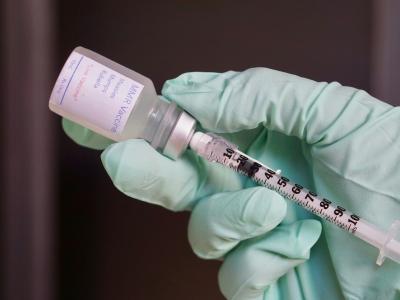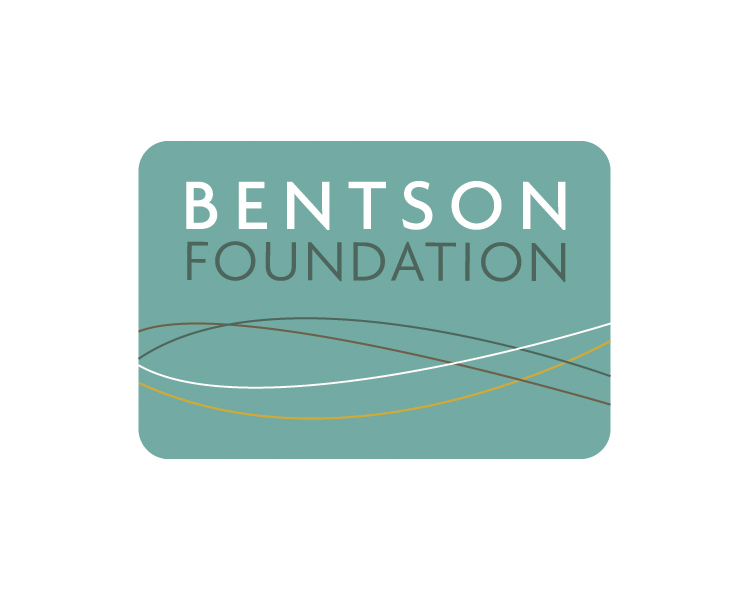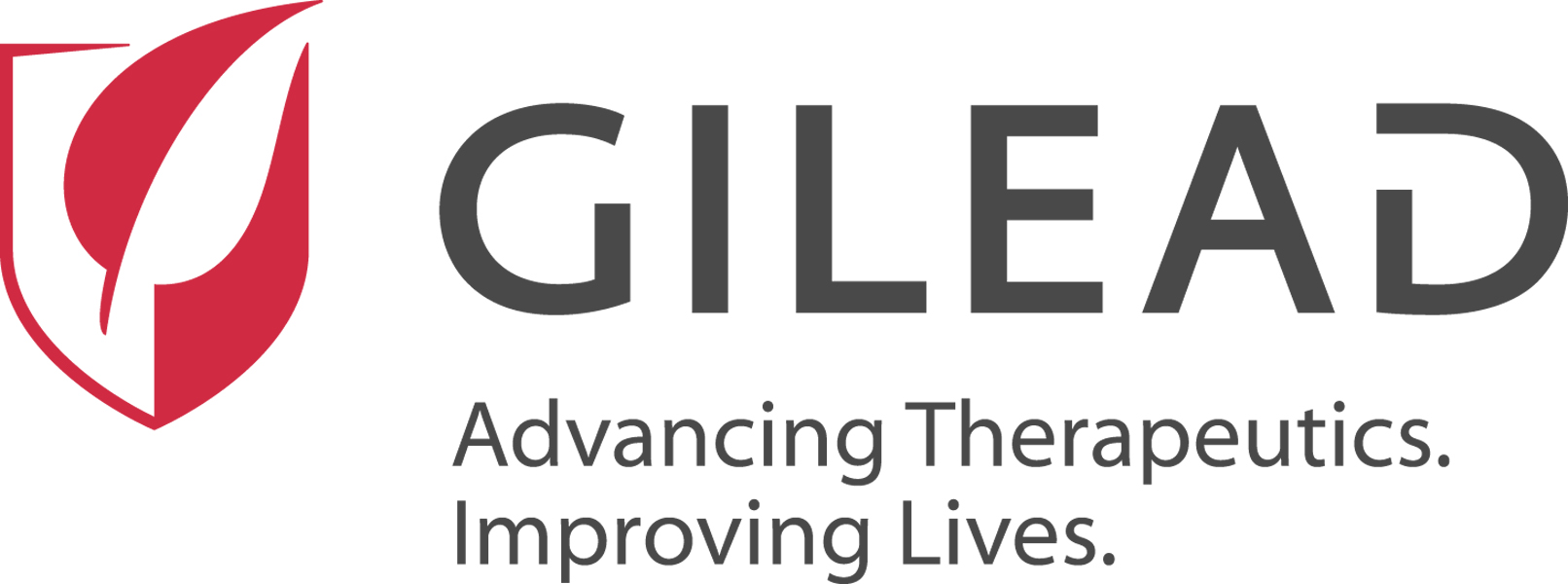- Nevada health officials yesterday announced the first measles detection in wastewater from Clark County, an area that includes Las Vegas. No measles cases have been confirmed, though the detection serves as an early indicator that the virus may be present in the community, the Southern Nevada Health District said in a statement, noting that a subsequent sample tested negative. Elsewhere, Idaho health officials reported a measles case in the eastern part of the state involving an unvaccinated teen who had recently traveled internationally. Officials said the patient self-isolated while infectious, was seen by a health provider, and was not hospitalized.
- Three countries reported more polio cases, including Pakistan with another wild poliovirus type 1 case, according to the latest weekly update from the Global Polio Eradication Initiative (GPEI). The case from Khyber Pakhtunkhwa brings Pakistan’s total for the year to 18. In Africa, Chad and Nigeria reported more circulating vaccine-derived poliovirus type 2 (cVDPV2) cases. Chad’s case involves a patient from Logone Occidental and puts the country’s cVDPV2 total for the year at 14 cases. Nigeria reported an infection from Sokoto, boosting its total for 2025 to 22 cVDPV2 cases.
- A few European countries reported more rises in local vector-borne diseases, the European Centre for Disease Prevention and Control (ECDC) said in its latest surveillance updates. France reported four more locally acquired dengue cases, all part of a previously reported cluster in Bouches-du-Rhone, raising the country’s total to 10. France also reported two more local chikungunya clusters, one in Pyrenees-Atlantiques and the other in Gard. France has now reported 63 local chikungunya cases from 16 different administrative units. Meanwhile, Spain reported one more locally acquired case of Crimean Congo hemorrhagic fever (CCHF), a tickborne disease, raising its total to three. The latest case is from Toledo province.
Quick takes: Nevada wastewater measles detection, polio in 3 countries, local vector-borne illnesses in Europe
Study examines impact of long COVID on healthcare use

US adults with long COVID had higher rates of additional hospitalization in the 6 months after acute infection compared with those who had SARS-CoV-2 infections but not long COVID, researchers reported last month in PLOS One.
The study, led by researchers with Rush University Medical Center and Yale School of Medicine, was a secondary analysis of a prospective multicenter study of US adults who had a confirmed COVID-19 infection, completed 3-month post-infection surveys, and had electronic health record data for at least 180 days pre- and post-index testing. Patients were labeled as having long COVID (LC) if they had three or more post-infectious symptoms at 3 months, while those with fewer than 3 symptoms were labeled non-LC.
The primary aim of the study was to compare healthcare utilization patterns between the LC and non-LC groups in the pre- and post-index periods. Healthcare encounters were categorized into six categories: inpatient hospitalization, emergency departments visit, office visit, procedure, telehealth visit, and other.
"Our understanding of how persistent post-infectious symptoms influence healthcare usage remains incomplete, particularly regarding the frequency and duration of different healthcare services," the study authors wrote.
Nearly 3-fold increased risk of additional hospitalization
A total of 847 participants (median age, 40; 64% female) met the inclusion criteria, with 179 in the LC group and 668 in the non-LC group. Among both groups, there was an overall increase in visit numbers in all six visit categories in the post-index period compared with the pre-index period, particularly for office and telehealth visits.
When compared with the non-LC group, the LC group was less likely to have ED visits (odds ratio [OR], 0.1; 95% confidence interval [CI], 0.0 to 0.5). However, among those with LC who had at least one hospitalization in the pre-index period, they were nearly three times as likely to have additional hospitalizations (OR, 2.6; 95% CI, 1.5 to 4.6) compared with the non-LC group.
"From a public health lens, it is important to consider the potential for repeat hospitalizations in this cohort and allocate more outpatient resources and support systems to reduce the need for inpatient admissions," the authors concluded.
US COVID activity gains more steam
Amid a slow but steady rise in COVID activity, SARS-CoV-2 wastewater detections last week rose from the low to the moderate level, with the highest levels in the West, followed by the South, where detections in Louisiana are at the very high level, the US Centers for Disease Control and Prevention (CDC) said today in its latest weekly data updates.

The CDC said wastewater trends and model-based epidemic trends suggest that COVID infections are growing or likely growing in most states.
Other indicators also rose, including test positivity, which rose from 6.5% to 8.6% over the past week, with levels higher in the West and Southwest compared to the rest of the country. Meanwhile, emergency department visits for COVID are rising for all ages, with the overall level up 19% compared the previous week, with moderate and substantial increases reported for many states. Deaths declined a bit in the CDC’s most recent reporting week.
One more peds flu death reported
For other viruses, flu indicators remain very low, though the CDC today reported one more pediatric flu death for the season, which occurred in the week ending April 19, raising the season’s total to 267, the highest for any nonpandemic year since the condition became reportable in 2004. Of children with known vaccination status who died from flu, 90% were not fully vaccinated against the virus compared to 82% in the previous season.
Also, the CDC’s tracking for respiratory syncytial virus (RSV) remained steady at the very low level.











